Similarity & difference
Similarity and difference is based upon an understanding of the complexity of people’s lives, differing perspectives and relationships between different groups. Asking how similar or different allows pupils to draw comparisons across people, their perspectives, motivations and actions as well as across time and space, helping children to develop a greater understanding of modern global society.
-

Assessment and Progression without levels
ArticleClick to view -
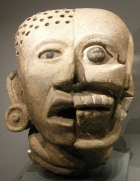
The Maya: a 4,000-year-old civilisation in the Americas
ArticleClick to view -
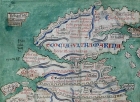
Britain's settlement by Anglo-Saxons and Scots
ArticleClick to view -

Why stories?
ArticleClick to view -
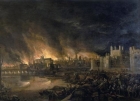
The Great Fire of London and the National Curriculum
ArticleClick to view -

Churches as a local historical source
ArticleClick to view -
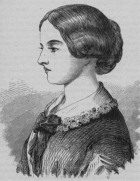
OFSTED, primary history and creativity
ArticleClick to view -

A creative Egyptian project
ArticleClick to view -

Local History and the 2012 Olympics
ArticleClick to view -

Whose history is it anyway?
ArticleClick to view -

Dimensions Of Britishness: Cultural Diversity and Ethnicity
ArticleClick to view -

Hearts, Hamsters and Historic Education
ArticleClick to view -
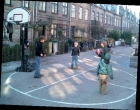
Learning what a place does and what we do for it
ArticleClick to view

